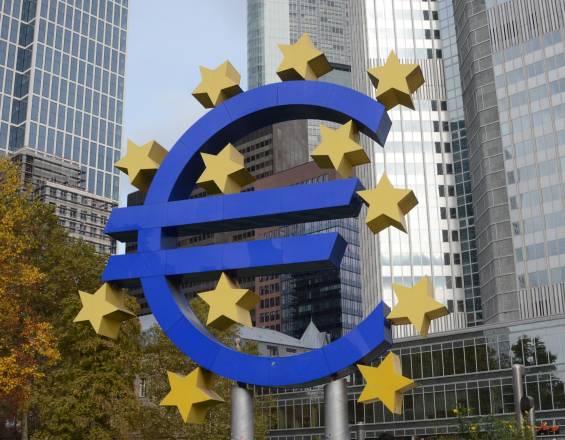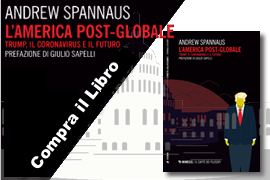The European Commission has presented its proposal to reform the Stability and Growth Pact after months of discussions among the member state governments. Time is running out to reach an agreement, as the Pact, which sets specific limits on deficits and debt, is expected to come back into force in 2024, after its suspension in response to the need for emergency spending during the pandemic.
At first glance, it becomes evident that while the EU seems to have relaxed some of the requirements for reducing spending, the basic ideological approach of the Pact has not changed. The 3% and 60% parameters respectively remain for the deficit-to-GDP ratio and the public debt-to-GDP ratio, but the Commission is simply trying to change the way they are enforced. In formal terms, this is a way to avoid amending the treaties, while in practical terms, it represents a sort of double-edged realism: the reduction of debt is required at a rate of 0.5% per year, not 5%, which would be catastrophic if implemented in a country like Italy. However, for precisely this reason it will be easier to demand the actual implementation of these cuts, after years in which governments have succeeded in avoiding them.
This was stated by the Vice President of the Commission, Valdis Dombrovskis, during the presentation of the reform: “Now states will no longer be able to postpone budget adjustments… there will be no more excuses.”
Apart from the parameters, the Pact reform pushes Europe along the path already taken with the Recovery and Resilience Plan: increasing the involvement of the Commission in the choices made by national governments. In the case of member states that still exceed the parameters on deficit and debt, the Commission itself will establish a “technical trajectory” to ensure that debt or the deficit is reduced and remains at “prudent” levels.
In the Commission’s statement, the first point emphasized is the need to reduce the “much-increased” levels of public debt. So after the pandemic emergency, which required significant spending for healthcare and economy recovery, the intention is to return to the same parameters as before. This demonstrates the weakness of the EU’s approach in terms of potential damage to European economies, as well as the continued adherence to a monetarist ideology.
On the one hand, it is evident that additional budget cuts of 14-15 billion euros per year – the calculation produced by the Commission’s technicians for Italy – would force the Italian government to remove resources from the economy. On the other hand, it raises a deeper question: is it really necessary to heavily reduce public debt?
In recent years, many countries have shown that it is possible to spend huge amounts of money to address the economic emergency without having to “ask” anyone for the funds. Central banks have simply created more money by buying government bonds through so-called “monetization”, with no cost to the state. In fact, when the Fed or the ECB holds a country’s bonds, it returns the interest paid by the respective government at the end of the year, creating a revolving fund that does not weigh on public accounts.
This method, controversial when discussed at the political level (especially in Europe), but used without hesitation by many countries in times of emergency, demonstrates that debt can be managed without the concern of having to repay it through austerity. Not that printing large amounts of money cannot cause problems: the risk is to provoke imbalances such as inflation, as has recently been triggered in part by the infusion of resources during the pandemic, but even more so by external factors such as the interruption of production and transport of goods internationally.
To avoid this problem, there are various tools available to governments. Among these are the cruder ones like interest rates – as the Fed is demonstrating – and the more targeted ones like the restructuring of public spending and fiscal policies. In other words, the approach should be to ensure that money goes to those who actually need it, without generating a surplus of funds looking for spending.
With the fixation on reducing public debt, Europe is applying an old vision to a new world, aiming to force indebted countries to implement painful cuts to return to the arbitrary parameters set at the time of Maastricht. The real way to achieve stability and growth, instead, is to use the financing tools available to governments and central banks in an intelligent way, but focusing on targeted, non-speculative investments that generate a tangible improvement in economic conditions.







April 29, 2023
English, Notizie